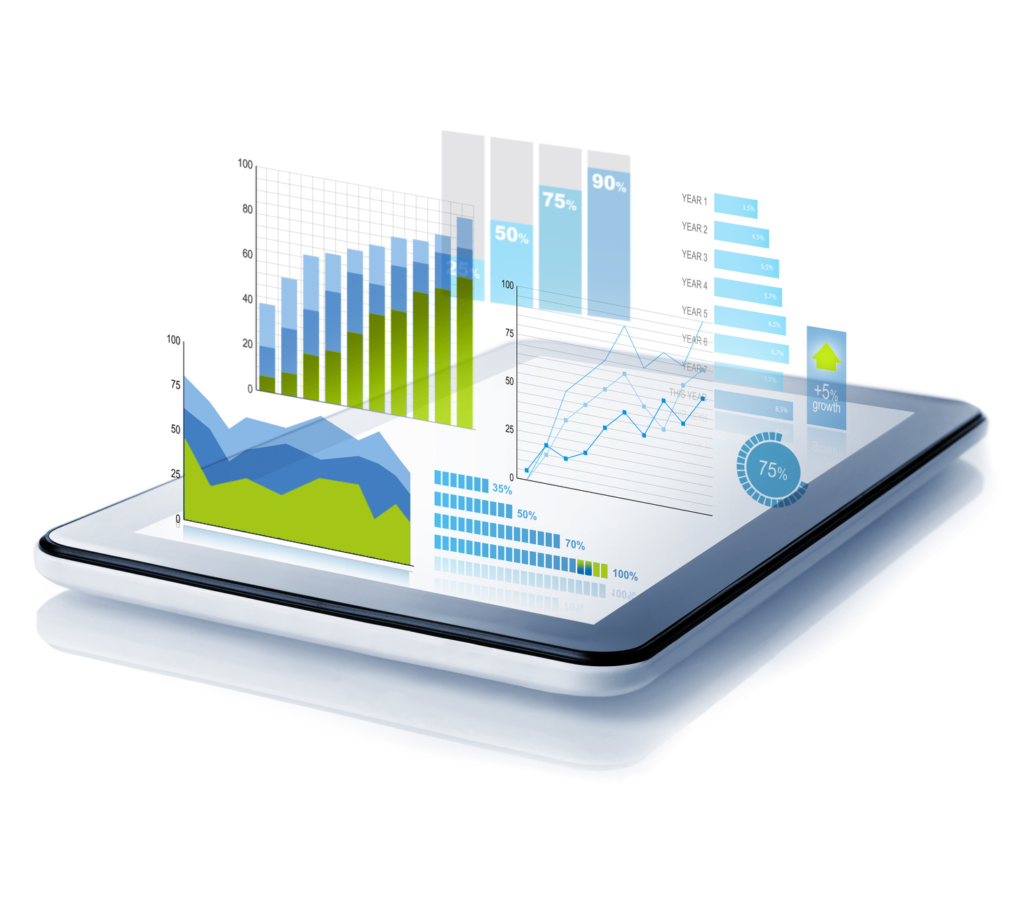The field of business intelligence is in a constant state of flux in the modern, fast-paced business world. Due to the fact, that not only the general circumstances regarding society and the economy, but also the existing technologies are changing rapidly, data analysis platforms must also be adapted to the current circumstances again and again. BI provider Qlik has therefore targeted a goal to constantly develop its analysis portfolio.
Over the years, the field of business intelligence, especially with regard to Qlik products, has gone through various development phases. While the current trend is towards Active Intelligence, the origins of modern data analysis lie in a rather passive Business Intelligence.
From passive to active data analysis
A few years ago, the analysis of corporate data looked quite different. It was mainly done with classic preconfigured reports, which offered not much room for flexibility. There were no data pipelines or, for example, action triggers to trigger alarms when changes occurred in the data and measures.
BI provider Qlik, with its QlikView platform, saw itself as a pioneer of modern business intelligence quite early on. In the phase of reactive data analysis, information could therefore be visualized early on via dashboards and charts – real-time data could only be used to a limited extent. The focus was more on the self-service concept and the general creation of visualizations. Rudimentary approaches to alerting were also already to be found in the “Reactive Intelligence”.
In the course of time, the collaborative phase of “Augmented Intelligence” emerged. The concept is much more oriented towards the analysis of real-time data, which since then can not only be displayed better, but also offer the possibility to react directly to changes with the appropriate measures through various alerting functions.
The current buzzword in data analysis is “Active Intelligence”. This is where BI provider Qlik is also currently positioning itself with its growing cloud portfolio, above all the Qlik Sense analysis platform. The full focus here is on real-time data and a type of “automated event triggering”, which enables direct action based on the latest alerting features as soon as changes occur in the analyzed measures.
Classic dashboards still the most important tool
The BI phases that have been passed through and targeted all build on one another, but elements of all phases can still be found in the products, methods and analysis environments currently in use. Especially dashboards are still one of the central tools in data analysis today. After all, they continue to be an important way to develop a deeper understanding of the data being examined. Although classic Business Intelligence is increasingly evolving into Active Intelligence, the traditional dashboard, even in its current use, remains informative and not designed to actively trigger actions.
Path to analysis insights often too time-consuming
But not many users even make use of the helpful information that dashboards can provide them with, because the way there is associated with certain circumstances. For example, companies now often have dashboards for many things, but in order to analyze them, the current work must be interrupted and the respective app must first be called up. Instead, many users want to be able to consume the required analyses and insights in the direct flow of their work processes – embedded, where the required information is actually needed at the time.
“Beyond the Dashboard” – Active Intelligence as a trigger for more BI usage
However, the envisioned concept of Active Intelligence, as well as associated innovations such as Qlik Application Automation or Alerting, can help remedy this situation. The active analyses, automations and alerts encourage the user to work with the software and the dashboards in a more targeted and intensive manner and to discover completely new insights, correlations and findings in the process. Active analytics and automation are becoming increasingly tangible, but also require a certain amount of work for efficient use. But this can be enormously rewarding.

